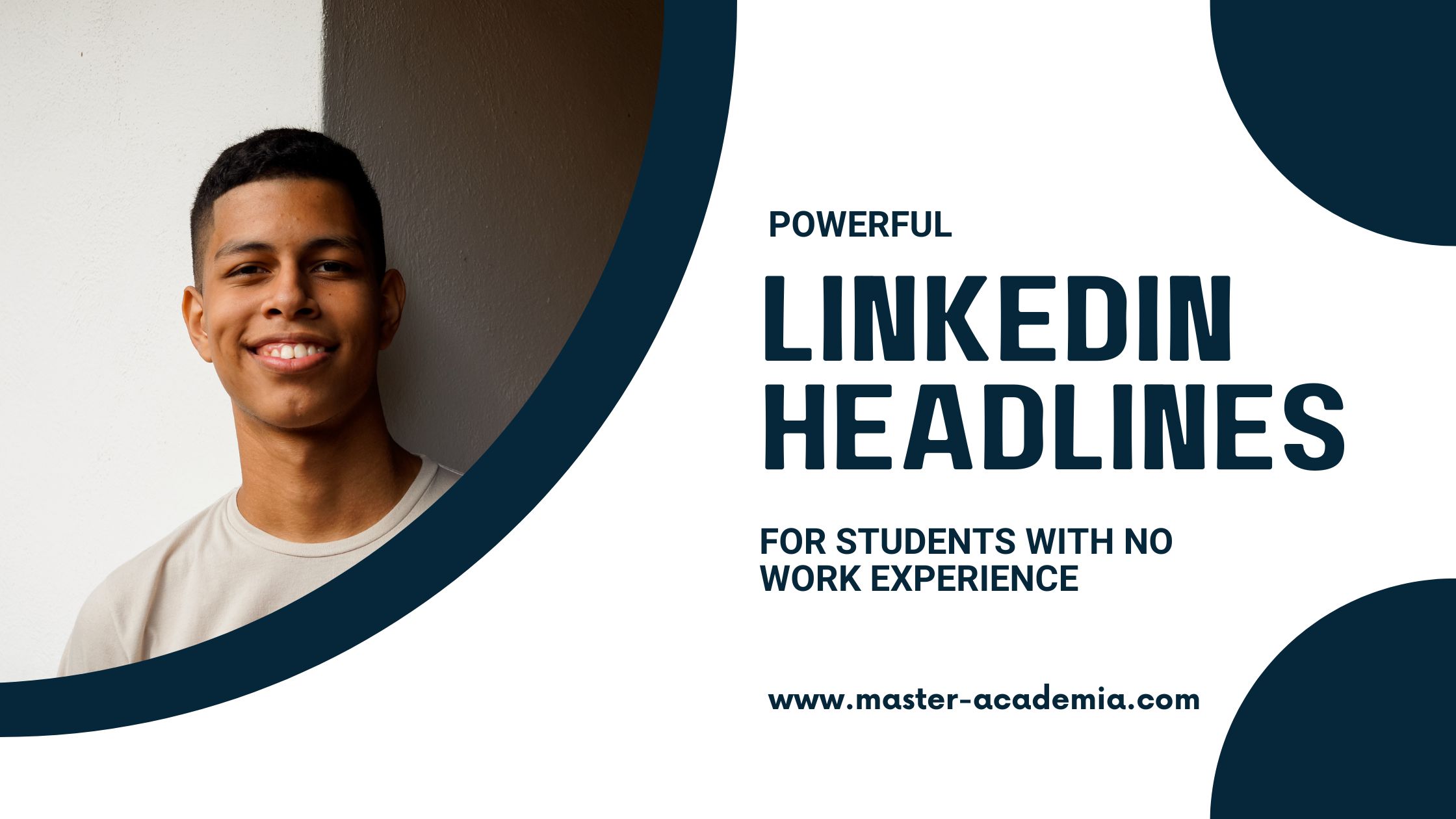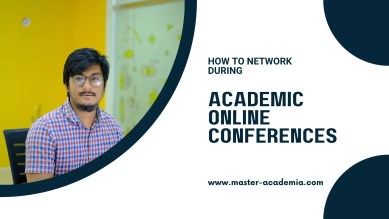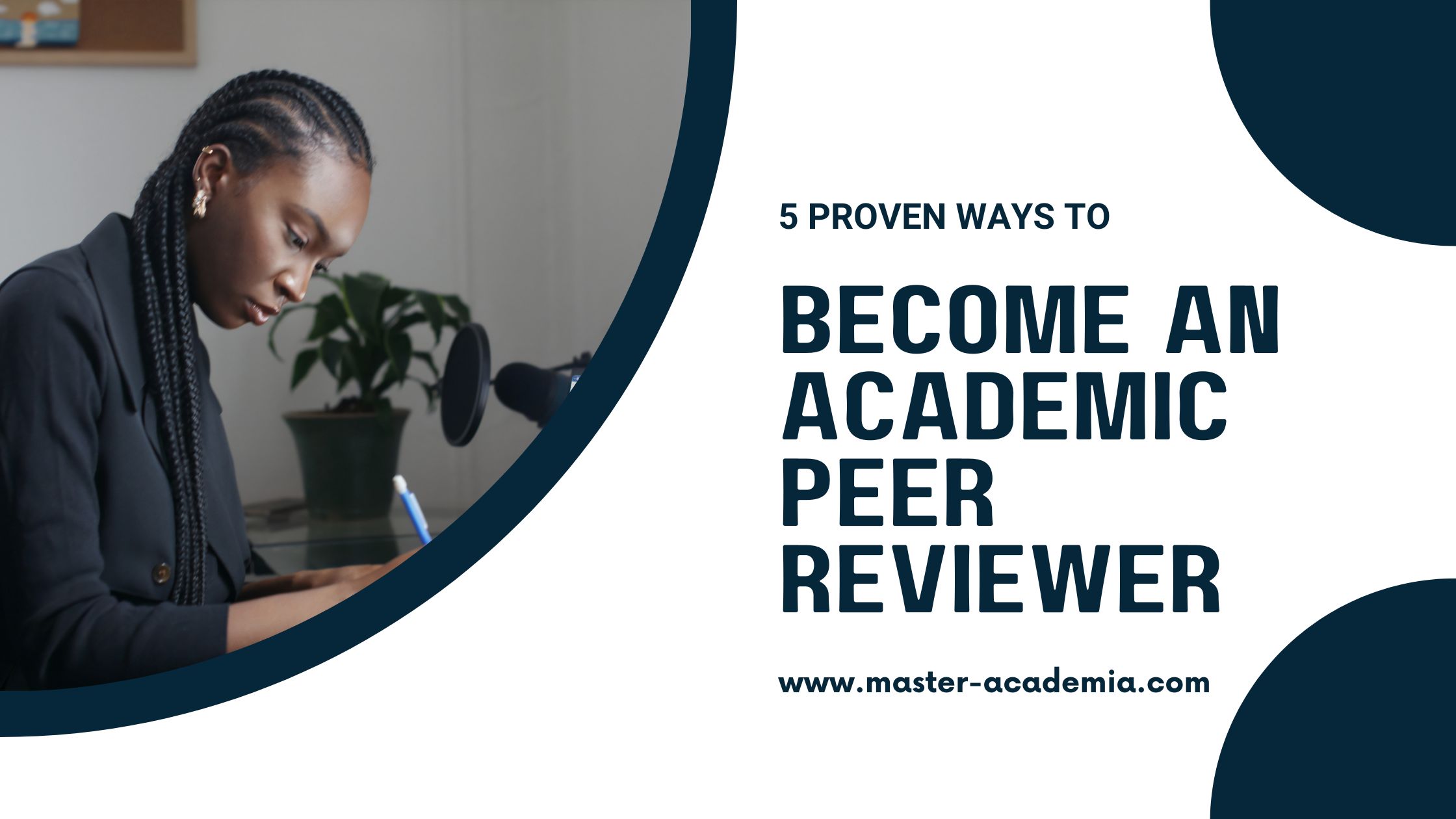
Whether you write an email to your professor, lecturer, lab supervisor, or colleague, knowing how to end a professional email in a university setting is a must. Why? Because it is a crucial part of the academic emailing etiquette. To assist you in your communication via email, here is a compilation of professional email endings, effective sign-offs and email signatures in academic settings.
Disclaimer: This post may contain affiliate links, which means I may earn a small commission if you make a purchase using the links below at no additional cost to you. I only recommend products or services that I truly believe can benefit my audience. As always, my opinions are my own.
Contents
- Polished and professional email closing phrases in academia
- Ending an email by thanking the receiver for their time
- Ending an email by thanking the receiver in advance for their support
- Ending an email by expressing gratitude and anticipation for a response
- Ending an email by politely nudging for a speedy response
- Ending an email by offering more detailed or follow-up information
- Professional email sign-offs in academia
- Effective email signatures for academic emails
- Summary
Polished and professional email closing phrases in academia
With a significant portion of academic communication occurring via email, hundreds of thousands of emails are written in university settings every day. Emails often serve as a primary mode of interaction between students and professors, colleagues, as well as external parties and university employees.
Academic emailing etiquette refers to the set of standards and norms governing communication via email in an academic setting. It emphasizes the importance of maintaining politeness and formality in these email exchanges.
This includes knowing how to start an email appropriately, such as addressing a professor in an email. Additionally, it encompasses the style, structure, and tone of the email’s body, as well as the closing.
Polished and professional email closing phrases can play a crucial role in achieving desired outcomes within a university setting.
Drawing from personal experience, I have found that composing an email in a polite and professional manner significantly increases the likelihood of receiving a prompt and positive response to any request.
Ending an email by thanking the receiver for their time
One of the simplest yet crucial aspects to remember when concluding your email is to express gratitude to the recipient for their time, even if it’s just for reading your request. It’s essential to recognize that professors, lecturers, and other university employees often have demanding schedules. Therefore, acknowledging this and appreciating the time they take to consider your message can make a positive impact, especially when you are requesting their attention.
Examples:
- “Thank you for your time and consideration.“
- “Thank you for your time to review my application.”
- “I appreciate your time in reviewing my request. Thank you for your attention to this matter.”
- “Once again, thank you for taking the time to read my request. I am eager to hear your thoughts.”
- “Thank you for considering my request. Your time and input are greatly valued.”
- “I am grateful for your time and attention. Thank you for considering the proposal.”
- “Thank you for taking the time to go through my email. Your consideration means a lot.”

Ending an email by thanking the receiver in advance for their support
When composing an email, it’s likely that you have a specific purpose in mind, as you seek something from the recipient. Expressing gratitude in advance for their assistance and response is another courteous and widely appreciated gesture. By thanking the email receiver beforehand for helping you out and addressing your question, you show respect for their time and willingness to assist.
Examples:
- “I appreciate your assistance.”
- “Many thanks in advance for your support and guidance.”
- “I appreciate your help with this matter.”
- “I’m grateful for your consideration and help. Thank you in advance for your response.
- Your expertise is greatly valued, and I’m thankful in advance for your valuable insights.”
- “I’m grateful for your consideration and help. Thank you in advance for your response.“
Ending an email by expressing gratitude and anticipation for a response
When sending an email with a request or question, you naturally anticipate a response. As you conclude the email, you have the option to express gratitude for the recipient’s time and support in the matter. Additionally, you can consider to showcase your enthusiasm and appreciation for their anticipated response.
- “I appreciate your time and expertise. Thank you in advance for your response.”
- “Many thanks for your time in reading my request. Your response is eagerly awaited.”
- “I look forward to hearing your thoughts on the matter.”
- “Thank you for taking the time to go through the details. I’m looking forward to your reply.”
- “Your expertise in this matter is highly valued. I’m looking forward to hearing your recommendations.”
Ending an email by politely nudging for a speedy response
When sending an email and requiring a prompt response due to time constraints, it can be challenging to strike the right balance between expressing urgency and avoiding being pushy. Thankfully, there are polite ways to nudge for a speedy reply. If you have a specific deadline, it’s essential to clearly indicate it in your email. However, if you need a response as soon as possible without a specific deadline, consider the following options:
- “Thank you for your prompt reply,”
- “Your prompt response to this matter would be highly appreciated.”
- “I look forward to hearing back from you soon.”
- “Your response at your earliest convenience would be greatly appreciated.”
- “Thank you for considering this request promptly. I’m eager to hear from you.”
- “If you could get back to me soon, it would be extremely helpful.”
- “Thank you for your anticipated cooperation and swift response.”
Ending an email by offering more detailed or follow-up information
An effective email is concise and focused, avoiding excessive length, as lengthy texts may be overlooked by the recipient. However, certain ideas, projects, or proposals may necessitate more comprehensive information that cannot fit into a brief email. In such cases, a strategic approach to concluding the email is by offering additional detailed or follow-up information upon request. This is a polite and considerate way to conclude the email, keeping the main request short.
- “If you have any further questions or require additional information, please don’t hesitate to reach out.”
- “If you require any further information, please let me know.”
- “If you require further details, feel free to reach out. I’m here to assist.”
- “Should you need more in-depth insights, don’t hesitate to ask.”
- “If you require elaboration on any aspect, I’m at your disposal.”
- “If you need further clarification, I’ll gladly provide it.”
Professional email sign-offs in academia
Once you’ve chosen a suitable closing phrase for your email, the next step is to sign off. In academia, it’s essential to include a sign-off in all professional emails. The way you sign off an email should match the level of familiarity and formality you have with the recipient. When unsure about which sign-off to use, a good rule of thumb is to err on the side of politeness and formality rather than being too informal in a university setting.
Formal email sign-offs in academia
Very formal email sign-offs are particularly suitable in specific situations, such as when applying for academic jobs or when contacting a professor to inquire about potential PhD supervision. Additionally, they are appropriate when emailing individuals whom you have not met personally. These sign-offs convey a high level of respect and professionalism, which is essential when communicating in a formal university setting.
- “Sincerely,”
- “Respectfully,”
- “Cordially,”
- “With kind regards,”
Polite and semi-formal email sign-offs in academia
Polite and semi-formal email sign-offs are generally suitable for the majority of situations when emailing within a university setting, except for cases involving very formal requests or job applications. These sign-offs are appropriate, for example, when reaching out to the lecturer of your course to ask a question about the upcoming exam or when contacting your supervisor. They strike a courteous tone and maintain a level of professionalism while being more casual than very formal sign-offs.
- “Kind regards,
- “Warm regards,”
- “Best wishes,”
- “All the best,”
Friendly and casual email sign-offs in academia
Friendly email sign-offs are used when you have a relatively high level of familiarity with a person in academia. You would use friendly email sign-offs to colleagues at your department, your co-authors, or if you have a rather casual and relaxed relationship with your thesis supervisor. These sign offs are also very appropriate if there is a regular email exchange in terms of a back and forth of several emails in a short amount of time.
- “Wishing you a great day,”
- “Best wishes,”
- “Best,”
- “Thanks,”
- “Take care,”
- “Talk soon,”
- “Cheers,”
Effective email signatures for academic emails
In academia, signing off an email is not the final step; there is one more crucial aspect that should never be overlooked—email signatures. Regardless of your position at a university, including an email signature is an absolute must! Skipping this step is not advisable, as email signatures play a vital role in presenting a professional image and providing essential contact information.
Ending an email with an email signature in academia
A well-crafted email signature efficiently conveys essential information about the sender in just a few lines. It serves as a space where the email recipient can learn more about the sender and how to get in touch with them. While I have specific details for email signatures tailored to both graduate students and PhD students, there are fundamental elements that are universally required for all emails within academic settings.
Include the following elements:
- Your full name
- Your current function or position
- The name of your university
- Your email address
Include the following optional elements:
- Additional positions if they are relevant to your work
- Links to online profiles, such as to your ORCID ID or LinkedIn profile
- Your credentials
- Your phone number
In the realm of email signatures, there are numerous instructions and various layouts to choose from. However, in university settings, clean and professional layouts, such as the examples provided below, are generally favored and considered more appropriate:
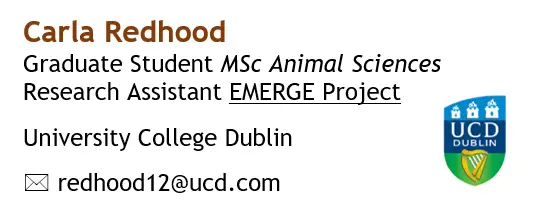
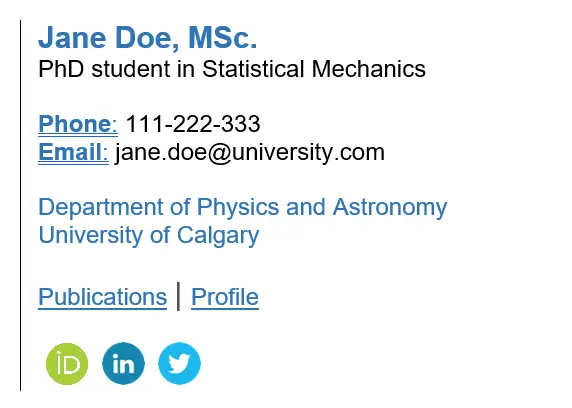
You can find more examples here and here.
Ending an email with an email signatures as a university student
If you are a student, providing detailed information about your position is of utmost importance. While it’s essential to introduce yourself at the beginning of an email, repeating your identity with your full name, study program, and, most importantly, your student number is crucial. By including this information, the recipient of your email can efficiently address your request. Even if you believe the recipient is familiar with your identity, it is considerate to provide this information to make their task easier and ensure a smooth communication process.
Include the following elements:
- Your full name
- Your position
- Your study program
- Your student number
- Your email address
It can be as simple as the following example:
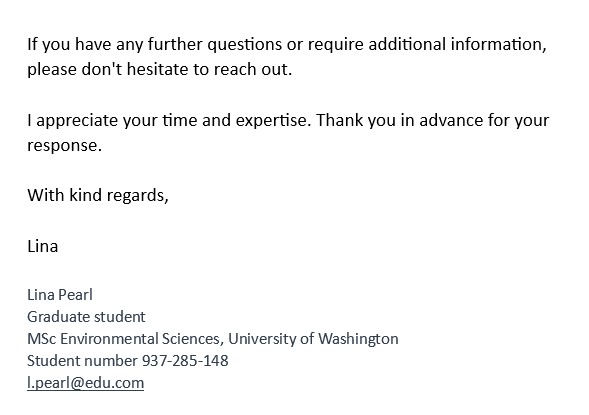
Summary
In academia, mastering the art of a professional and effective email ending is greatly appreciated, and it’s a skill that can be learned. The conclusion of an email typically comprises three components:
- An email closing phrase
- A sign-off
- An email signature
When selecting each of these elements, it’s important to consider the recipient, taking into account your familiarity with them and the formality of the email’s context. Once you identify these factors and develop your own effective email signature for reuse, crafting a suitable ending becomes second nature and can be achieved within seconds.
